The Importance of Introducing Peanut Butter to Baby Early On
- August 21, 2023
- Last Updated: April 15, 2024
- 0 Comments
- Baby Led Weaning
Many parents fear introducing allergenic foods, such as peanut butter. However, new research shows that we want to introduce peanuts to baby earlier rather than later. Read on to learn more about how to do this.
This post is in partnership with the National Peanut Board. All thoughts and opinions are my own.
A common question that parents have is when to introduce peanut butter to babies.
The messaging that we once heard (which was to avoid peanuts and allergenic foods) has changed now that we have more research on it.
According to Food Allergy Research and Education (FARE), 1 in 13 children have a food allergy in the U.S.
FARE also reports that from 1997 to 2007, the prevalence of all reported food allergies increased by 18 percent among children. Even more, a FARE-funded study found the number of children in the U.S. with peanut allergies more than tripled between 1997 and 2008.
So, let’s break down everything about introducing peanut butter to baby, including when to do it, how to do it, what to look for, and more.
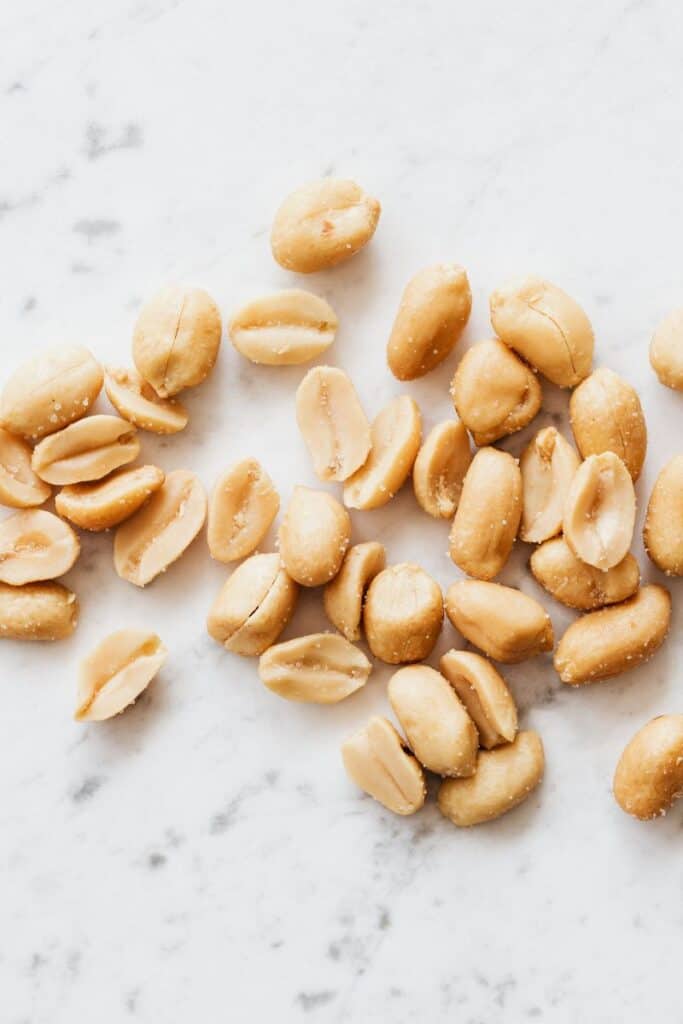
Table of contents
Why We Introduce Peanut Butter Early
There has been a significant increase in food allergies in children over the last decade, which has really led to research on when to introduce peanut butter.
Contrary to what you may think, if you introduce peanut butter to your baby earlier rather than later, you may prevent peanut allergies from developing in the future.
It’s estimated that about 1 in 13 children have a food allergy.
While avoiding peanut butter may have been the approach taken to prevent allergies in the past, research supports early introduction may help prevent peanut allergies.
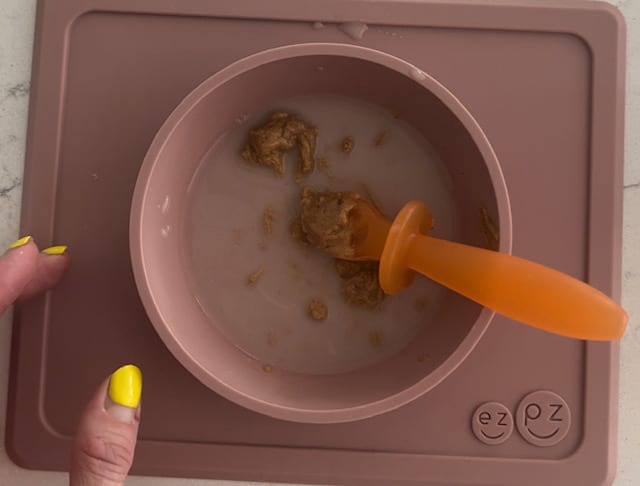
Peanut allergies are one of the food allergies that can lead to severe reactions like anaphylaxis.
In short, when babies are introduced to allergen foods early, they are able to develop a proper immune response to them.
When To Give Baby Peanut Butter
The 2015 LEAP (Learning Early About Peanut Allergy) study (which was monumental in peanut research) found that babies at high risk (those with severe eczema, an existing egg allergy, or both) for developing peanut allergies had a reduced risk of peanut allergy after early introduction of peanut foods.
These high-risk babies that were given peanut butter foods early (between 4 and 11 months) and regularly reduced the incidence of peanut allergy by more than 80 percent, compared to babies in the peanut avoidance group.
The Dietary Guidelines have even been revised to include updated recommendations, stating that, “If an infant has severe eczema, egg allergy, or both (conditions that increase the risk of peanut allergy), age-appropriate, peanut-containing foods should be introduced into the diet as early as age 4 to 6 months. This will reduce the risk of developing peanut allergy.”
Introducing peanuts to babies does have a significant amount of research around it, so you should feel knowledgeable and empowered in doing so.
If your baby has an egg allergy or severe eczema, you should speak with your pediatrician, and he/she can guide you on when and how to do so.
Introducing peanut butter to a baby with eczema can be crucial, and may drastically reduce the risk of that baby’s allergies later in life.

If you have a dairy allergy, make sure to check out these dairy free recipes for babies.
How to Introduce Peanut Butter to Baby
When deciding how to introduce peanut butter to babies between 4-6 months, be sure to first make sure that your baby is ready for solids.
Your pediatrician can also help you assess your baby’s readiness. Some signs that your baby is ready for solids include:
- Sitting up on their own
- Holding up their head and having good control of their neck
- Grasping things between their fingers and bringing other items to their mouths
- They’ve lost their tongue thrust reflex, meaning their tongue isn’t automatically pushing things out of their mouths
- Showing an interest in food
While whole peanuts are a choking hazard for babies, thinned peanut butter, peanut puffs, and peanut powders can be a great way to introduce your baby to peanuts in order to reduce the risk of developing peanut allergy.

Peanut butter can be given with any other foods baby is already eating or mashed into homemade baby food.
You can also puree peanut butter with Greek yogurt or milk and offer it in a homemade pouch or allow them to eat it with a spoon.
We have several ideas for peanut butter recipes for babies and baby led weaning foods for 6 months that fit the bill.
What if My Baby Has Eczema?
You may be wondering what to do if your baby has other allergies or eczema. It may be scary to introduce an additional allergen.
Severe Eczema
However, the early introduction of peanut butter is even more important for a baby with eczema. Babies with severe eczema are usually considered at high risk for developing a peanut allergy.
As demonstrated in the LEAP study, it may reduce the risk of allergies by more than 80% in the future, especially in children with an egg allergy or severe eczema

Babies with high risk are normally tested for peanut allergies. If your baby is high risk, consult your pediatrician before introducing peanut butter.
They’ll help guide you through the process, and may even have you introduce the food in their office to be safe.
Mild or Moderate Eczema
If your baby has mild to moderate eczema, it’s suggested that you introduce peanut butter by 6 months, and you can generally do so without pediatrician guidance.
No Eczema or Egg Allergy
If your baby is eczema-free and without an egg allergy, you can freely introduce peanut foods without consulting your pediatrician as you introduce other solids.

Logistics of Feeding Peanut Butter to Babies
Keep these tips in mind as you introduce peanut butter to baby:
- When you’re introducing a new food, you should try one food at a time.
- Offer during the light of day, when you can watch your baby for any potential reactions in the hours following.
- Thin the peanut butter out with breastmilk, formula, or water.
- Start with a small amount and monitor your baby’s reaction before offering more.
- Use creamy peanut butter, rather than crunchy, to prevent choking. Avoid giving your baby just a spoonful of thick peanut butter, as it can get stuck in their mouths.
- Peanut butter puffs are another option that allow baby to practice those fine motor skills.

Signs to Look For When Feeding Peanuts (Peanut Allergy Symptoms)
As parents, we are hyperaware of introducing allergens. Here are some signs to look for that may indicate that your baby may have a peanut allergy:
- Skin reactions, such itching, hives, redness or swelling of lips or tongue
- Difficulty breathing or swallowing, wheezing or coughing
- Digestive problems, such as diarrhea, stomach cramps, nausea or vomiting
- Look of distress in baby’s eyes
Some symptoms may be mild and go away on their own, while others may require more serious action. If you experience any of these signs and symptoms, call your pediatrician and/or 911.
What Kind of Peanut Butter is Best for Baby?
Some kinds of peanut butter are high in added sugar, salt, and hydrogenated oils.
Try to avoid these ingredients, and look for peanut butter that contains just peanuts, like this one and this brand.
Some natural peanut butter is sweetened with honey—which should be avoided in babies less than one-year-old.
While honey is a delicious natural sweetener, it contains bacteria that may cause botulism in infants.
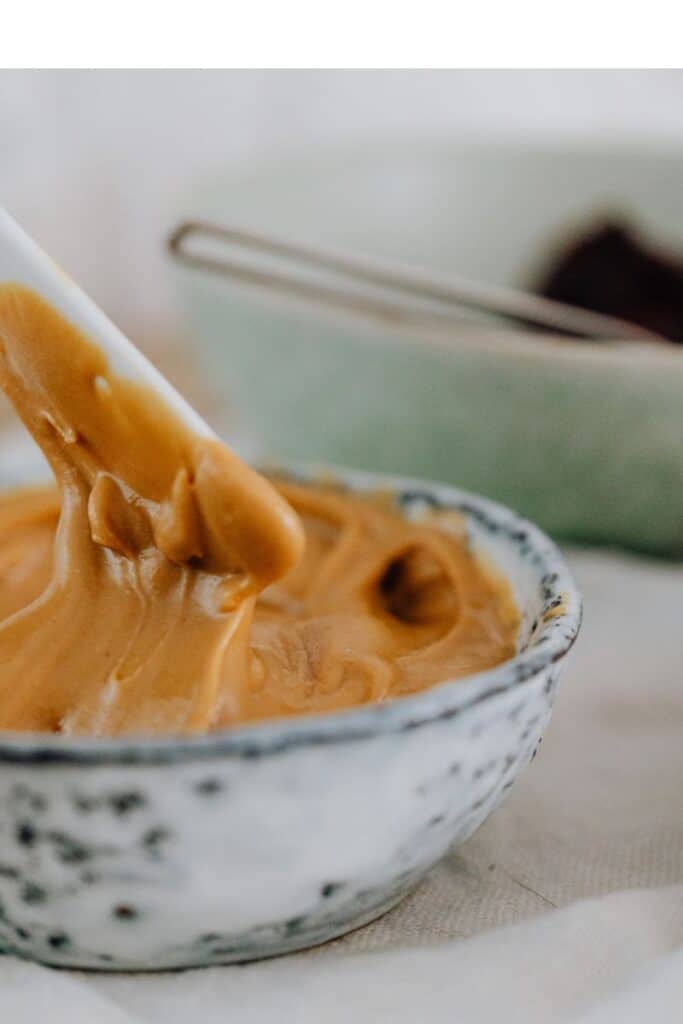
In short, babies can and should eat peanut butter and peanut containing products.
Always speak with your pediatrician and/or care provider about any concerns you have, and discuss the research and the benefits of early introduction!
- Baby led weaning 10 months
- Baby led weaning 9 month foods
- Zucchini baby led weaning recipes
- Spices for babies
- Baby breakfast ideas
References:
- Du Toit G et al. Randomized trial of peanut consumption in infants at risk of peanut allergy. New England Journal of Medicine DOI: 10.1056/NEJMoa1414850 (2015).
- Togias A, Cooper SF, Acebal ML, Assa’ad A, Baker JR Jr, Beck LA, Block J, Byrd-Bredbenner C, Chan ES, Eichenfield LF, Fleischer DM, Fuchs GJ 3rd, Furuta GT, Greenhawt MJ, Gupta RS, Habich M, Jones SM, Keaton K, Muraro A, Plaut M, Rosenwasser LJ, Rotrosen D, Sampson HA, Schneider LC, Sicherer SH, Sidbury R, Spergel J, Stukus DR, Venter C, Boyce JA. Addendum guidelines for the prevention of peanut allergy in the United States: Report of the National Institute of Allergy and Infectious Diseases-sponsored expert panel. J Allergy Clin Immunol. 2017 Jan;139(1):29-44. doi: 10.1016/j.jaci.2016.10.010. PMID: 28065278; PMCID: PMC5226648.
Support Bucket List Tummy











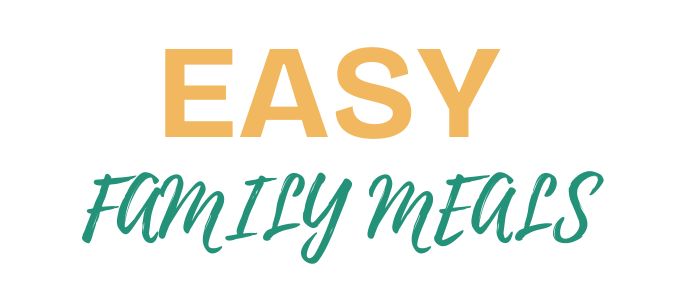
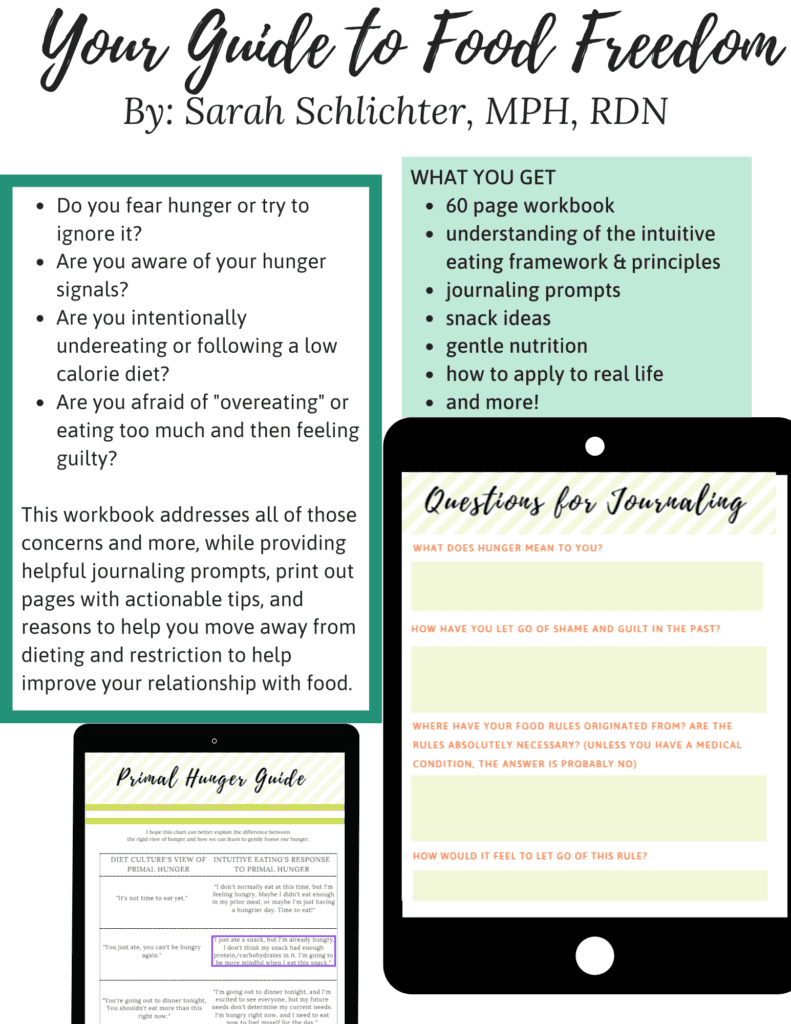

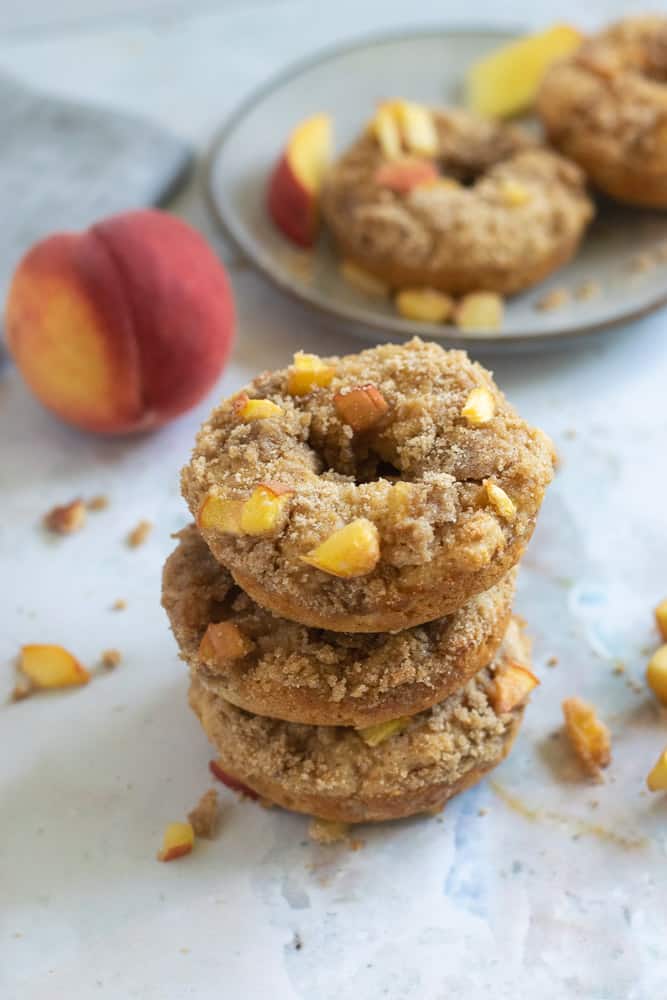




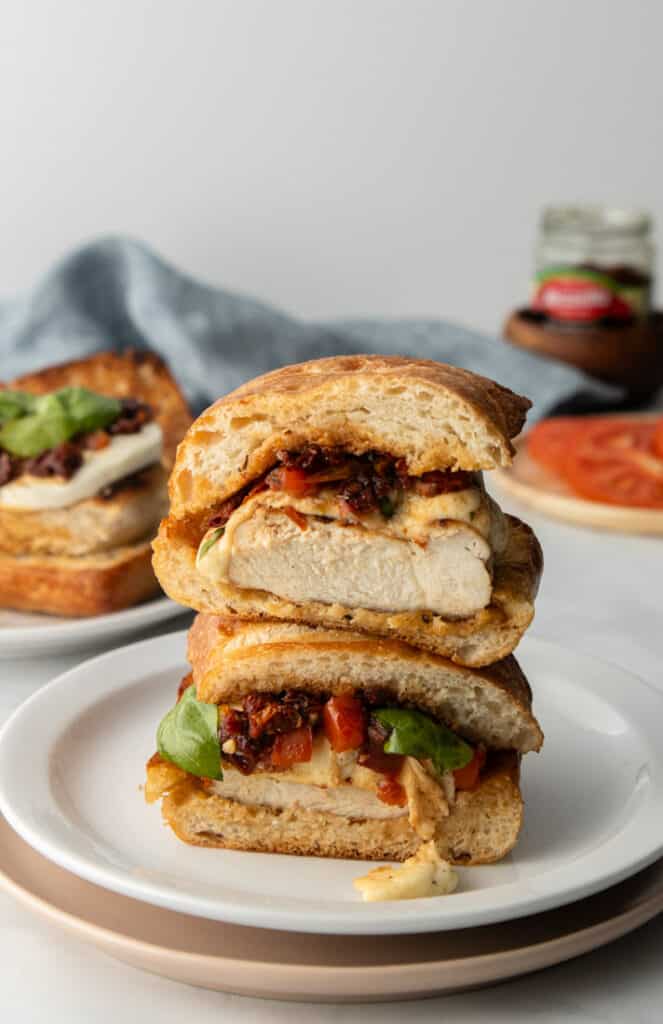


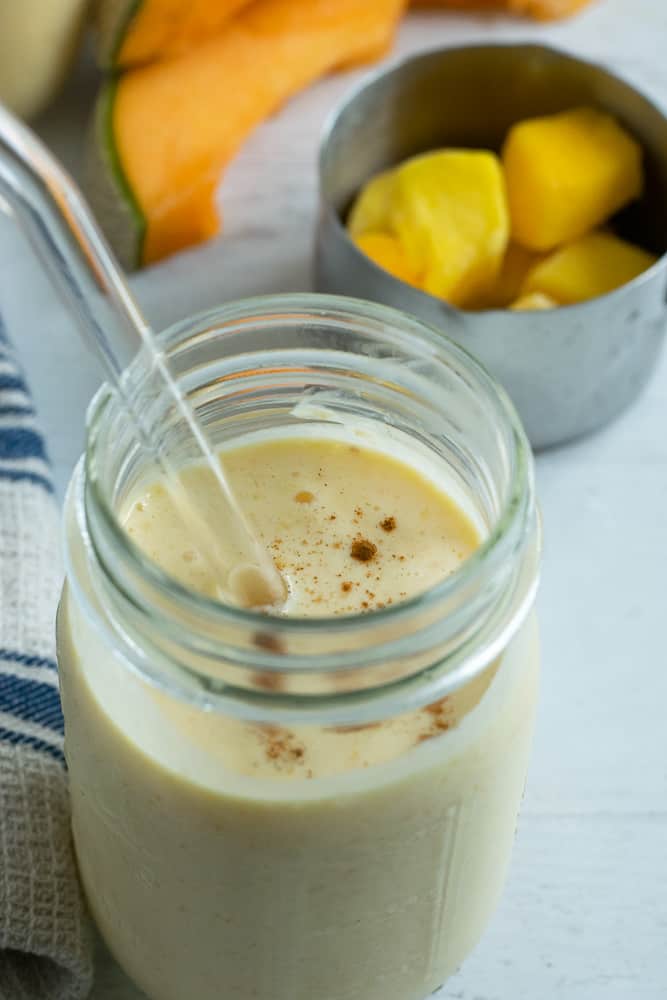


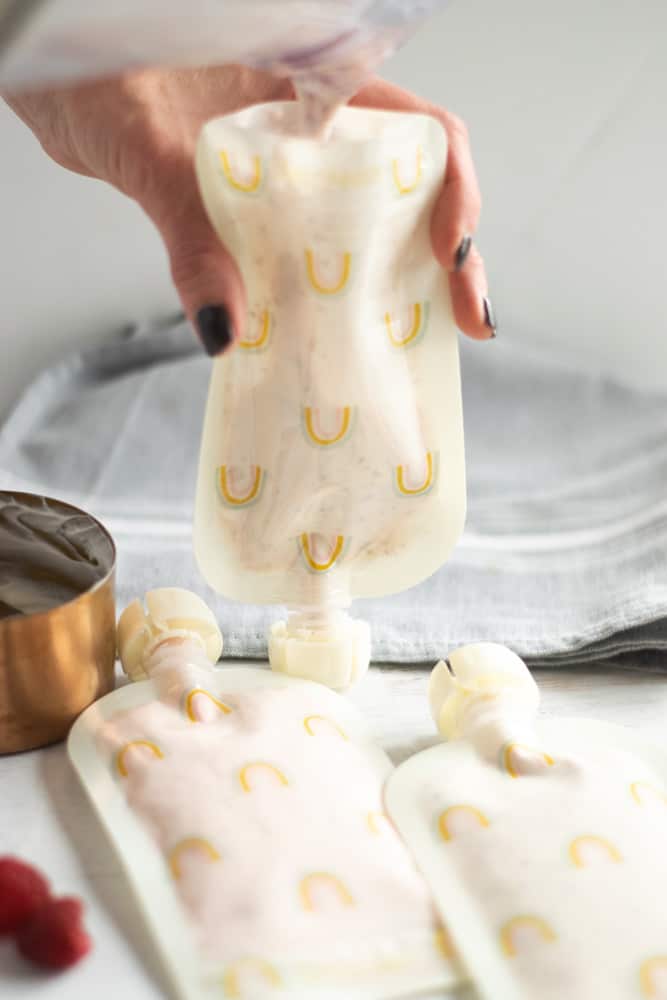


Like This Content?
Support Bucket List Tummy